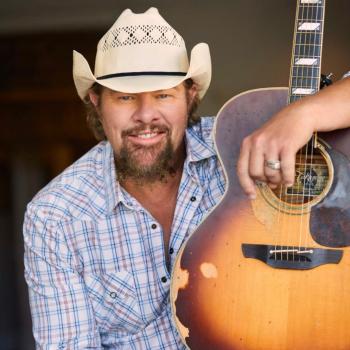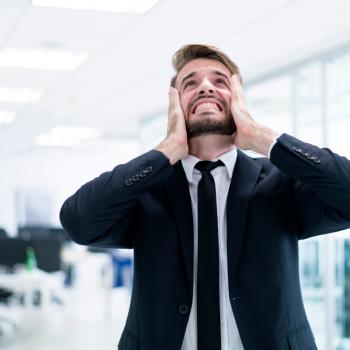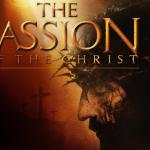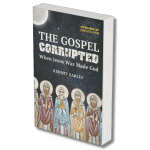Academics do a curious job of treating religion.
This point was brought home to me powerfully last week when I attended the excellent conference of the Urban History Association (UHA), meeting in New York City. (Very fortunately, we all escaped before the onslaught of Hurricane Sandy). Beyond the generally high standard of the individual panels and papers, UHA is a splendid opportunity to gauge the state of the art in a major (and critical) field of the profession. But even at such an erudite gathering, the picture we find of religion is startlingly limited. This is not to say that the urban history world is uniquely blinkered in these matters, but it does suggest the near-blindness to religion that so often characterizes professors.
For good or ill, religion has always played a central cultural and political role in urban life, whether in North America or further afield. Think just of the US – how does religion fit into the urban picture? Or put another way, how can we conceivably write the story without religion? Historically, religious institutions have always shaped immigrant life, from German churches in the eighteenth century colonies through the synagogues or Catholic parishes of the 1920s, to the teeming storefront churches that are such an obvious part of the urban landscape today. Native or immigrant, countless urban children passed through faith-oriented schools, and citizens of all ages passed through religious-founded homes and hospitals.
We think too of church activism in moral and political campaigns, in the Progressive Era and of course in the Civil Rights movement, not to mention countless electoral campaigns. How could any worthwhile scholar of African –American history everignore activism rooted in urban churches? Without the churches and “labor priests,” New Deal labor activism could never have conquered the industrial metropolis – to say nothing of labor rabbis. Often too, churches and faith institutions have determined the sexual boundaries of the city, as they campaigned against overt prostitution, red light districts or adult-oriented businesses.
Go ahead – there are dozens of other issues that you might care to add to this list. If I was ever teaching a course on Religion and the American City, the main problem I would find would be the surfeit of material.
Read the rest here















